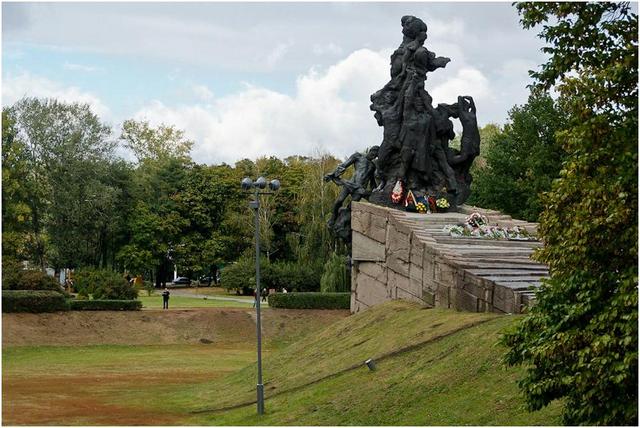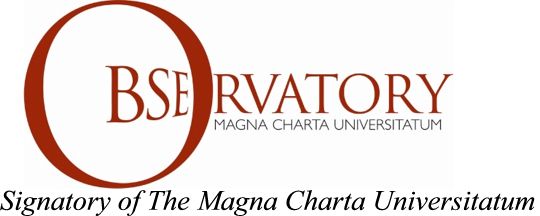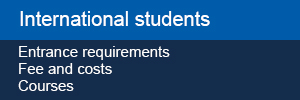Never again: Memory and the Holocaust Lessons
Never again: Memory and the Holocaust Lessons
January 25, 2020

The International Holocaust Remembrance Day is celebrated in Ukraine on January 27, as well as in the countries that have recognized UN General Assembly resolution 60/7. At the state level in our country, it has been celebrated annually since 2011.
It was on this day 75 years ago, that troops of the first Ukrainian Front freed Auschwitz Nazi death concentration camp prisoners.
The organized extermination of the Jewish population was called the Holocaust, otherwise the Shoah (in Hebrew means disaster, calamity). In 1933-1945, the Nazis killed about 6 million people of Jewish descent in Germany and the territories seized, defining it as the "final solution to the Jewish question", which took place in three stages - 1933-1939; 1939-1941; 1941-1944.
Beginning in the spring of 1933, the Nazis launched a purposeful anti-Semitic campaign, characterized by the boycott of Jewish shops and goods, assigning the status of non-Aryan, the liberation of the latter from public service, schools and universities, medical institutions, the army and judicial institutions, books written by non-Aryans, deprivation of political and civil rights, mass eviction of Jews from Germany. On November 9-10, 1938, the "Crystal Night" took place, during which more than 1,400 German synagogues were burned and destroyed, Jewish homes, shops, schools were robbed, 91 Jews were killed, and tens of thousands – sent to concentration camps.
With the outbreak of World War II, registration of Jews in all German-occupied territories became a norm; they were required to wear hexagons or stripes, pay for indemnity, donate jewelry; sent to forced labor, to labor camps. In the fall of 1939, special Jewish neighborhoods (ghettos) were created in cities near major railway stations. The largest ghetto was located in Warsaw (about 450,000 Jews). From February 1942, massacres of Jews began in Poland, in death camps (in Chelmno, Sobibor, Maidanek, Treblinka, Bielecz and Auschwitz). The latter used gas chambers and crematoriums, killing more than a million Jews from 27 countries.
The largest ghettoes in the USSR were Lviv (409,000 people, existed from November 1941 to June 1943) and Minsk (about 100,000 people, liquidated on October 21, 1943). The number of ghettoes in Ukraine exceeded 350, the beginning of their creation is considered to be July-August 1941. The Stalingrad battle and the rapid advance of the Soviet troops to the West forced the SS to hastily destroy the traces of crimes. The mass deportation of the Jewish population from Italy, Norway, France, Belgium, Slovakia and Greece to Auschwitz began and lasted until October 1944. The last mass operation against the Jews of Hungary began in May 1944.

According to statistics, the Nazis tortured 6 million Jews, of whom 1.5 million were children. Almost all of the Jewish population of Poland (3 million people), Romania, Hungary, Greece, Yugoslavia, Czechoslovakia, many Jews of France, the Netherlands, Belgium, the USSR were destroyed.
Terrorism against Jews in occupied Ukraine killed about 1.6 million people. The places of the largest mass executions of Jews in Ukraine are Babyn Yar (Kyiv) – more than 100,000, Bohdanivka of Odessa region – more than 40,000, Drohobych Yar (Kharkiv) – about 20,000, Kamianets-Podilskyi – 23,600, Dalnyk of Odessa region – about 18,000, Sosonky tract near Rivne – more than 17,000 victims.
Ukrainian historian H. Kasyanov believes that a pan-European historical policy on perpetuating the memory of the Holocaust is intended to form a supranational memory community. Holocaust memorial complexes are located in seventeen European countries, 11 of which are specialized museums.
The main official site of the Holocaust in Ukraine is Babyn Yar in Kyiv.

In September 1991, the Cabinet of Ministers approved a decree on the fiftieth anniversary of the shootings in Babyn Yar, which referred to "the mass destruction of Soviet citizens in particular Jews by Nazi invaders."
One of the manifestations of disobedience to the criminal Nazi regime was the "righteous people of the world" – people who saved Jews from the inevitable destruction in the territories occupied by Hitler's Germany and its allies. This is an honorary title given on behalf of Israel in accordance with the Law on the perpetuation of the memory of martyrs and heroes (1953) to representatives of different nationalities and religions. Ukraine ranks fourth in the world in the number of righteous nations of the world (after Poland, the Netherlands and France). As of January 1, 2016, there are data on 2,554 such heroes who risked their lives and the lives of their loved ones by rescuing Jews from the Nazis.

The lessons of the Holocaust must be deeply understood by humanity. Never again, because nothing can be higher than the human right to life. Only humanism, tolerance, protection of human rights and freedoms, cultural values of people, can resist and counter this.
Olena Kropyvko,
Associate Professor of the Department of International Relations
and social sciences









